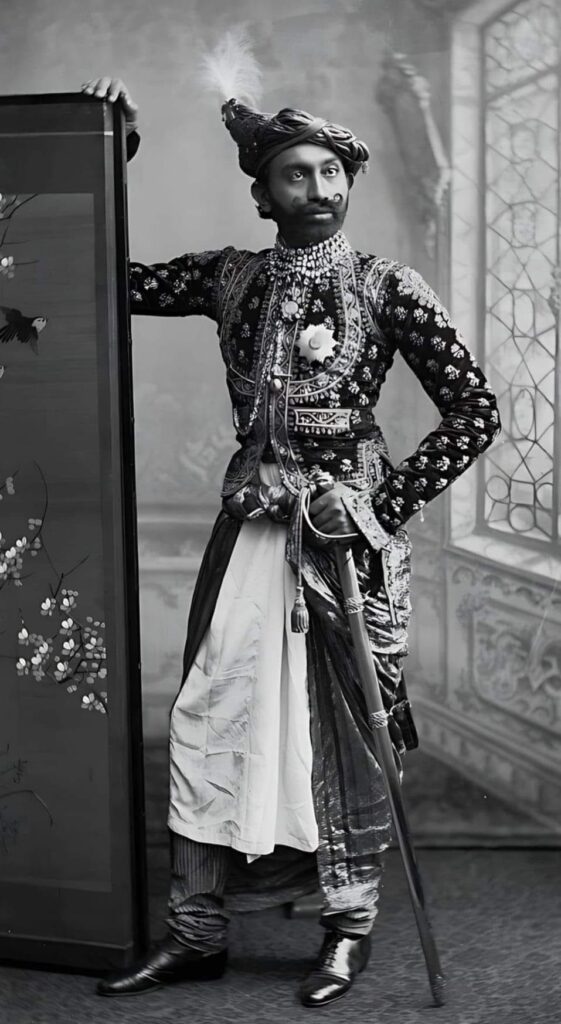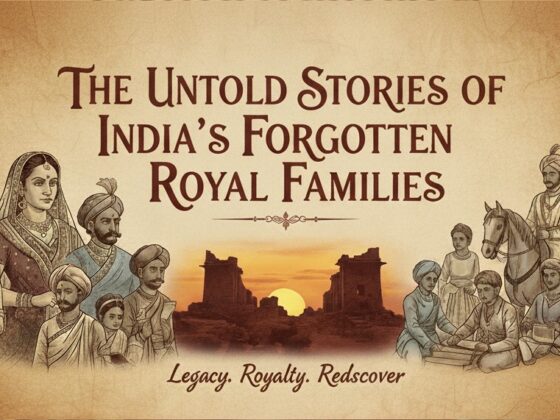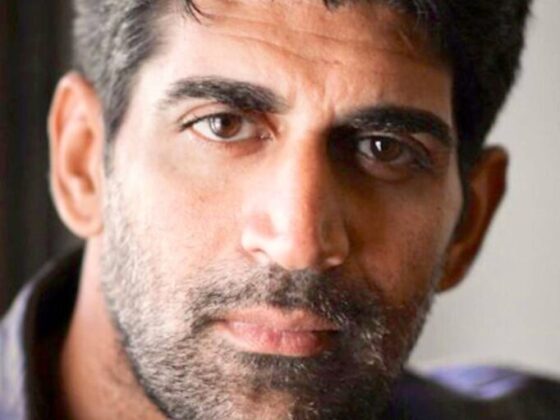Thakore Saheb Shree Jasvantsinhji Zala: A Legacy of Leadership

Introduction
Thakore Saheb Shree Jasvantsinhji Zala remains an esteemed figure in Indian history, known for his remarkable leadership, governance, and patronage of culture. Indeed, as a royal figure, he played a pivotal role in the socio-political transformation of his region, ensuring sustainable development, education, and cultural preservation. His reign left a lasting impact, and consequently, his contributions continue to be remembered and honored.
Early Life and Lineage
Born into the noble Zala dynasty, Thakore Saheb Shree Jasvantsinhji Zala inherited a rich legacy of valor and governance. The Zala clan, known for its warrior ethos and administrative skills, has contributed significantly to India’s princely history. From a young age, he was trained in statecraft, warfare, and diplomacy, which prepared him for the responsibilities of leadership.
Ascension to the Throne
Thakore Saheb Jasvantsinhji’s ascension marked a new era of progressive governance. From the beginning, he focused on modernizing the administrative framework of his state while still retaining the traditional values that defined his rule. His approach effectively balanced heritage with innovation, ensuring that his people experienced growth and prosperity.
Contributions to Governance and Social Reforms
As a ruler, he initiated various reforms aimed at improving the lives of his people. His governance was marked by:
- Educational Initiatives: Recognizing the power of knowledge, he established schools and institutions to provide quality education to all, especially the underprivileged sections of society.
- Infrastructure Development: Roads, bridges, and public buildings were constructed to enhance connectivity and, therefore, improve living standards.
- Agricultural Advancement: Farmers received support through irrigation projects and modern farming techniques, which significantly increased productivity and economic stability.
- Judicial and Administrative Reforms: A structured legal system was implemented to ensure justice and lawfulness in society, thereby promoting fairness and stability.
Patronage of Art, Culture, and Heritage
Thakore Saheb Shree Jasvantsinhji Zala was a great patron of the arts. Notably, his contributions in preserving and promoting culture included:
- Supporting local artisans and craftsmen, thereby ensuring traditional skills were passed on to future generations.
- Encouraging literature and music, which allowed poets and scholars to flourish under his rule.
- Preserving architectural heritage, as palaces, temples, and public monuments reflected the artistic grandeur of the era.
Relationship with the British and Indian Independence Movement
During British rule, princely states played a crucial role in shaping India’s political landscape. Thakore Saheb Shree Jasvantsinhji Zala maintained a diplomatic stance, ensuring his state’s autonomy while cooperating with the British administration. However, he also supported the nationalistic movement and contributed towards India’s independence in various capacities.
Legacy and Influence
His legacy lives on through:
- Institutions and Educational Foundations: Many schools and colleges continue to bear his name, symbolizing his commitment to education and progress.
- Philanthropic Contributions: His generosity in funding healthcare, education, and social welfare initiatives remains unmatched, demonstrating his dedication to public well-being.
- Architectural Landmarks: Palaces, museums, and restored monuments serve as reminders of his glorious reign, thereby keeping history alive.
Conclusion
Thakore Saheb Shree Jasvantsinhji Zala’s reign exemplified leadership, vision, and dedication to his people. Without a doubt, his contributions to governance, education, cultural preservation, and social welfare continue to inspire generations. His legacy remains a significant chapter in India’s rich historical narrative, reinforcing the importance of progressive leadership blended with tradition.
His life serves as a model for contemporary leaders, reminding us that true leadership lies in uplifting communities, preserving heritage, and fostering sustainable progress. Indeed, his impact, though historical, continues to shape the present and guide the future.








